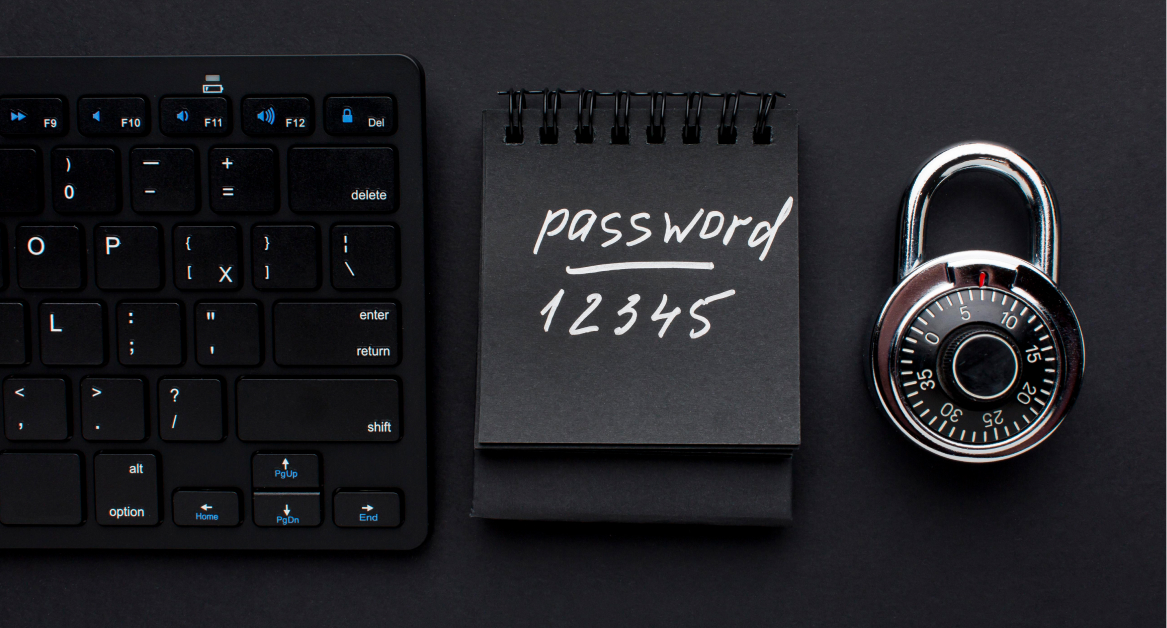Remote and distributed workforces have become the norm, offering flexibility, cost savings, and access to a global talent pool. But with these benefits come significant IT security risks that you can’t afford to ignore.
Without the protections of a centralized office, your business is more vulnerable to cyberattacks, data breaches, and compliance issues. These aren’t just IT problems – they can cost you money, damage your reputation, and disrupt operations. The good news? You can manage these risks and still enjoy the advantages of remote work.
In this post, I’ll break down why IT risks increase for remote teams, the biggest threats to look out for, and how to keep your business safe.
Why IT risks increase for remote and distributed teams
When your employees are in one office, it’s easier to secure their devices, networks, and access to sensitive data. Remote teams change that by spreading your IT environment across homes, cafes, and co-working spaces.

Here’s why that increases risk:
- Unsecured Devices
Employees often use personal laptops or phones that don’t have the same security protections as company devices. A laptop without encryption or antivirus software is an easy target for hackers. - Unsecured Networks
Working from home or public Wi-Fi means connecting to networks you can’t control. Hackers can exploit weak Wi-Fi security to intercept data, eavesdrop, or gain access to your systems. - Phishing and Social Engineering Attacks
Remote teams rely heavily on email, Slack, and other digital tools to communicate. Phishing attacks, where hackers impersonate colleagues or executives, thrive in this environment. And because your employees aren’t sitting in the same office, it’s harder to double-check a suspicious request or ask a colleague in person. - Weak Access Control
Without strict access controls, it’s easier for the wrong person to access sensitive information. A leaked or stolen password could expose your systems to unauthorized users. - Data Leaks and Compliance Risks
Remote employees may store files on personal devices, email sensitive documents, or upload data to unsanctioned cloud apps. These practices increase the risk of data leaks and put you at risk of failing data protection standards such as GDPR, PDPA, or HIPAA compliance.
Real-world examples of IT breaches due to distributed work
Remote work has already contributed to major security breaches. Here are some examples to keep in mind:
- Twitter (2020): Hackers used social engineering to trick remote employees into sharing credentials, gaining access to internal systems, and hijacking high-profile accounts.
- North Korean Freelancers: A company unknowingly hired a North Korean IT worker posing as a remote freelancer. They later used remote access tools to infiltrate company systems and steal data.
While these cases show the risks, remote work still has undeniable benefits. The key is not to shy away from it but to proactively manage the risks so your business can thrive.
Top IT risks for remote teams
Here are the biggest IT risks remote teams face – and why they matter:
1. Device loss or theft
When employees work from cafes, airports, or on business trips, the chances of losing a laptop or phone increase. Without proper security measures, and the ability to remote lock and wipe a device, a lost device could give hackers direct access to your sensitive data.
2. Unsecured home or public wi-fi networks
Many home networks aren’t as secure as corporate setups, and public Wi-Fi is even worse. Attackers can intercept data over these networks or plant malicious software on employee devices.
3. Phishing and social engineering attacks
Remote workers are prime targets for phishing because they’re not in the same office to verify suspicious requests. Add in global time zones, and it’s harder for employees to double-check with colleagues before clicking a link or sharing sensitive information.
4. Compliance challenges
When data is stored across personal devices and third-party apps, it’s harder to track who has access and how it’s being used. This increases the risk of non-compliance with data protection regulations, which can result in hefty fines.
5. Shadow IT
Employees often install unauthorized apps to make their jobs easier, but these tools don’t go through IT’s security checks. This opens the door to vulnerabilities and compliance headaches.
Why traditional IT models don’t work for remote teams
Traditional IT setups were designed for centralized offices, not distributed teams. Here’s why they fall short:
- Manual, reactive processes
In traditional setups, tasks like software updates, security patches, and device provisioning are often done manually. These processes are time-consuming, prone to human error, and difficult to scale for remote teams. - Limited visibility
IT teams lose visibility into remote devices and networks. Without the right tools, they can’t monitor risks or enforce security policies effectively. - Time zone mismatches
If your in-house IT team is in one location, they can’t provide real-time support to employees working in different time zones. This delays issue resolution and leaves security gaps.
If your business relies on outdated IT methods, you’re leaving your remote teams – and your data – exposed.
How to fix IT risks for remote teams
Securing your remote workforce doesn’t have to be complicated. Here are five key steps to reduce IT risks:
- Use Mobile Device Management (MDM):
MDM software helps you automate tasks like device provisioning, updates, and security patches. They also allow for encryption and remote locking or wiping of lost or stolen devices, keeping your data safe and minimizing risks from bad leavers. - Deploy endpoint protection:
Protect all employee devices with antivirus software, device-level firewalls, and advanced endpoint protection. These tools detect and block malware, ransomware, and suspicious activity, ensuring compliance with security policies. - Enforce strong access controls:
Strengthen security with multi-factor authentication (MFA), role-based access control (RBAC), and single sign-on (SSO). These measures ensure that only the right people have access to sensitive data and systems. - Train employees on security:
Regularly educate your team on phishing, strong passwords, and safe data handling. Awareness is your first line of defense against common threats like phishing attacks and social engineering. - Secure connections with VPNs or ZTNA:
Require employees to use VPNs or Zero Trust Network Access (ZTNA) to encrypt data and restrict access to approved users only. This ensures safe connectivity no matter where they’re working.
With these measures in place, you can minimize IT risks while empowering your team to work securely from anywhere.
How Esevel can help
At Esevel, we make IT management simple and secure for remote and distributed teams. Here’s how we address your key pain points:
- Comprehensive device management
We use advanced Mobile Device Management (MDM) tools to automate provisioning, updates, and tracking for all your devices. Features like encryption, remote locking, and wiping keep your data safe – even if devices are lost or mishandled. - Endpoint protection
Our antivirus and endpoint security tools safeguard your team’s devices from malware, ransomware, and other threats, ensuring every endpoint is secure. - Access control and cyber hygiene training
We implement MFA, SSO, and password management to protect access to your systems. Plus, we train your employees on cyber hygiene to prevent phishing attacks and security missteps. - 24/7 IT helpdesk and risk monitoring
Importantly, we don’t just provide tools – we actively monitor for risks, identify vulnerabilities, and close security gaps. Our 24/7 IT support ensures your team gets help whenever they need it. - Scalable solutions for growing teams
Whether you’re a startup or SME, we secure your IT environment as you scale. We’ve helped businesses meet requirements for certifications like ISO27001 and SOC 2 while staying efficient and secure.
Esevel handles the IT complexities so you can focus on growing your business. Let us help you secure your remote team and reduce risks today.
Final thoughts
Remote work comes with risks, but they’re manageable. By taking proactive steps to secure devices, enforce strong access controls, and educate your team, you can protect your business and enjoy the benefits of distributed work.
If you want to simplify IT management and secure your remote teams, Esevel can help.







